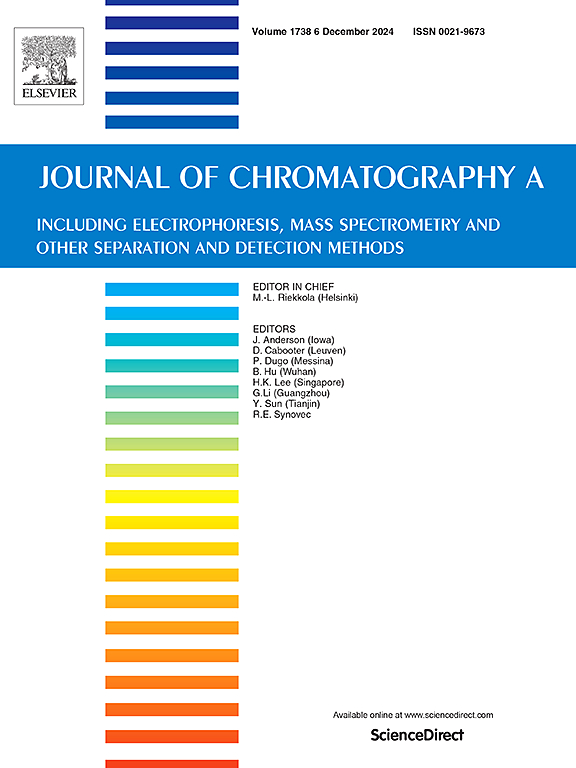Advanced lipidomics using UHPLC-ESI-QTOF-MS/MS reveals novel lipids in hibernating syrian hamsters
IF 3.8
2区 化学
Q1 BIOCHEMICAL RESEARCH METHODS
引用次数: 0
Abstract
Mammalian hibernation offers a unique model for exploring neuroprotective mechanisms relevant to neurodegenerative diseases. In this study, we employed untargeted lipidomics with iterative tandem mass spectrometry (MS/MS) to profile the brain lipidome of Syrian hamsters across different hibernation stages: late torpor, arousal, and euthermia (control). Previously, a lipid species identified as methyl-PA(16:0/0:0) showed a significant increase during torpor, but its precise structure was unresolved due to technological constraints. Leveraging iterative MS/MS and advanced lipid annotation tools (LipidAnnotator and MS-DIAL), we accurately annotated 377 lipid species, including the re-identification of methyl-PA(16:0/0:0) as methylated lysophosphatidic acid (PMeOH 16:0/0:0). This reannotation led to the discovery of two additional lipids during torpor: PMeOH 18:0/0:0 and PMeOH 18:1/0:0. Verification involved manual inspection of MS/MS spectra and Kendrick Mass Defect plots. The lipid alterations observed during torpor suggest biochemical adaptations to maintain membrane fluidity and protect against oxidative stress under hypothermic conditions. Elevated levels of PMeOH lipids and their lyso-forms may play roles in cell survival signalling. Additionally, a decrease in phosphatidic acid species and an increase in diacylglycerol species imply a metabolic shift favouring diacylglycerol production, potentially activating protein kinase C signalling pathways. The increased levels of monogalactosyl diglyceride lipids during torpor suggest a role in neuroprotection by enhancing oligodendrocyte function and myelination. Our comprehensive lipidomic profiling provides detailed insights into lipid dynamics associated with hibernation and underscores the potential of advanced MS/MS methodologies in lipidomics for developing therapeutic strategies against neurodegenerative diseases.
求助全文
约1分钟内获得全文
求助全文
来源期刊

Journal of Chromatography A
化学-分析化学
CiteScore
7.90
自引率
14.60%
发文量
742
审稿时长
45 days
期刊介绍:
The Journal of Chromatography A provides a forum for the publication of original research and critical reviews on all aspects of fundamental and applied separation science. The scope of the journal includes chromatography and related techniques, electromigration techniques (e.g. electrophoresis, electrochromatography), hyphenated and other multi-dimensional techniques, sample preparation, and detection methods such as mass spectrometry. Contributions consist mainly of research papers dealing with the theory of separation methods, instrumental developments and analytical and preparative applications of general interest.
 求助内容:
求助内容: 应助结果提醒方式:
应助结果提醒方式:


